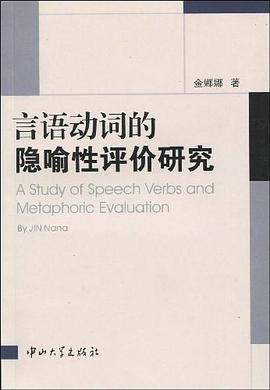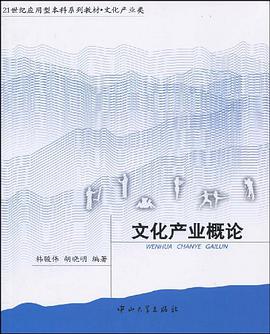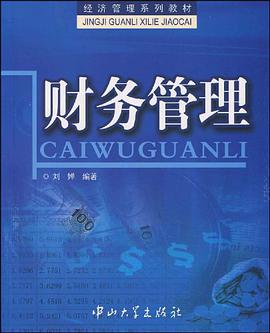

具体描述
《言语动词的隐喻性评价研究》提出言语动词,即有关言说的动词,具有隐喻性评价特征。隐喻性评价指通过语法隐喻方式实现的评价。评价在本文中指任何能够反映言说者/作者对语篇中实体价值的观点及态度。
通过对言说经验和系统功能语法中人际隐喻的认知分析,本文详细说明了言语动词如何隐喻性地表达评价意义。在分析言语动词中,本文提出一种新的分类。言语动词被划分为以说话者、以受话者和以目标为主导的三类,每类动词在表达意义时各有侧重。本文从三个层面出发——小句层面下、小句层面中和小句层面上——探究了这些动词表达评价意义的理据。所有这些分析都以英语本族人在文学著作、新闻报道、法庭和日常生活中的真实话语为语料。
首先,本文阐释了前人对言语动词和评价理论的研究,并介绍了四种研究言语动词的主要途径——传统的途径、言语行为理论、统计学途径和系统功能语法理念。然而这些研究途径都没有重视言语动词的人际意义。而就评价研究而言,虽然有哲学的和语言学的研究途径,但是这些研究局限在形容词上。因此,《言语动词的隐喻性评价研究》扩展了评价的研究领域,并将言语动词和评价分析联系起来。
其次,本文认为,言语动词一旦出现,与之相关的是引述或转述。当言说者/作者引述或转述一个言语事件时,他对该事件的立场观点通常由言语动词显性或隐性地体现出来。因而言语动词被看做传闻语的标记,且不能在法庭上作为证据。
实现评价的手段很多,例如表示态度的词汇和情态隐喻。言语动词具有隐喻性表达评价意义的潜势,能够将一个言语事件从图形浓缩成成分。在小句层面以下,各种言语动词间的关系例如蕴涵关系和方式关系,使隐喻性评价成为可能。
在小句中,言语动词和心理描述动词本质上能描述同一现象。言语动词在本文中被认为是声音化的思想并且能间接地表达言说者/作者的态度。这就是言语动词的跨过程特征。
最后,本文将隐喻性评价分析框架应用于分析新闻报道和法庭会话。分析结果表明,不同参与者在新闻报道中被赋予了不同的言语动词。这就是说,言语动词表明了记者对事件及其中人物的态度。对法庭语篇的分析表明了以说话者为中心的言语动词比较客观,并常用于开庭陈述中;然而以受话者和以目标为主导的言语动词则比较主观。
通过对言语动词表达评价意义的研究,本文建立了一个新的评价子系统——隐喻性评价。基于对语料的分析,本文表明隐喻性评价方式在新闻报道和法庭语篇中表现非常突出。
作者简介
金娜娜(1977- ),贵州贵阳人。1999年毕业于贵州大学外语系,获学士学位;2002年于江西师范大学外国语学院毕业,获英语语言文学硕士学位:2005年从厦门大学英语语言文学专业毕业,获博士学位。现为深圳大学外国语学院硕士生导师。研究方向为系统功能语言学、认知语言学和话语分析。曾先后在《外语教学与研究》、《外语教学》等国家级核心刊物上发表论文多篇,主编教材两部,参与翻译《麦克米伦高阶英汉双解词典》,并多次参加国内外相关学术会议并宣读论文,为中国功能语言学学会理事。已经主持完成深圳大学社科课题一项、教研课题一项,现主要负责深圳大学精品课程建设项目。
目录信息
· · · · · · (收起)
读后感
评分
评分
评分
评分
用户评价
相关图书
本站所有内容均为互联网搜索引擎提供的公开搜索信息,本站不存储任何数据与内容,任何内容与数据均与本站无关,如有需要请联系相关搜索引擎包括但不限于百度,google,bing,sogou 等
© 2025 book.wenda123.org All Rights Reserved. 图书目录大全 版权所有




















